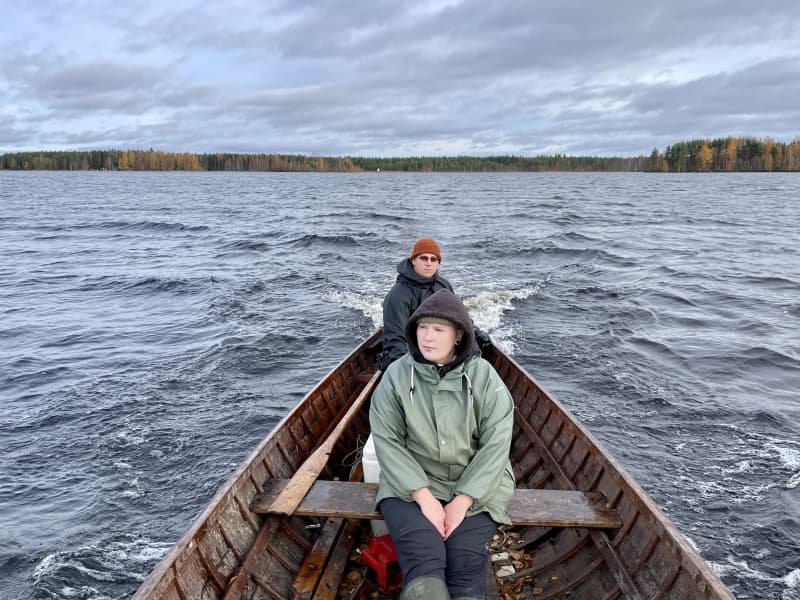Inland fishermen’s catches are down, but it’s raining tips on where to catch bream. It’s not always the traditional fishing spot.
Lehtimäki and Hämäläinen are in a profession that is becoming increasingly difficult. Inland fishermen’s catches have been steadily declining. Yle followed the fishermen’s working day in October.
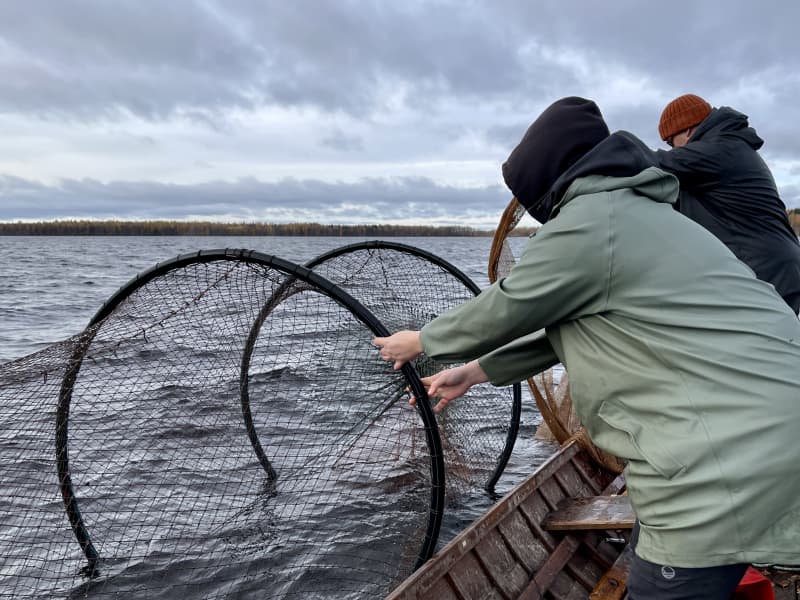
The fishermen of the cooperative Lumimuutos in North Karelia maintain traditional fishing methods such as trap fishing, winter nets and seining on many different water bodies.
This summer, the traps have been set in Kangasvede, which is the widening of the Pielis River in Kontiolahti. More southerly in the province, snowmelt nets on Puruvede, which has a long history of winter watering.
Worst day of the summer season
The meltwater season for fishing has been variable. In total, the duo has caught around 900 kilos of bream, bream, zander and perch.
Zander and perch are the valuable fish of the lakes, but mainly bream has been caught by bream, which is processed into fish pulp. Lumimuutos sells its catch directly to consumers.
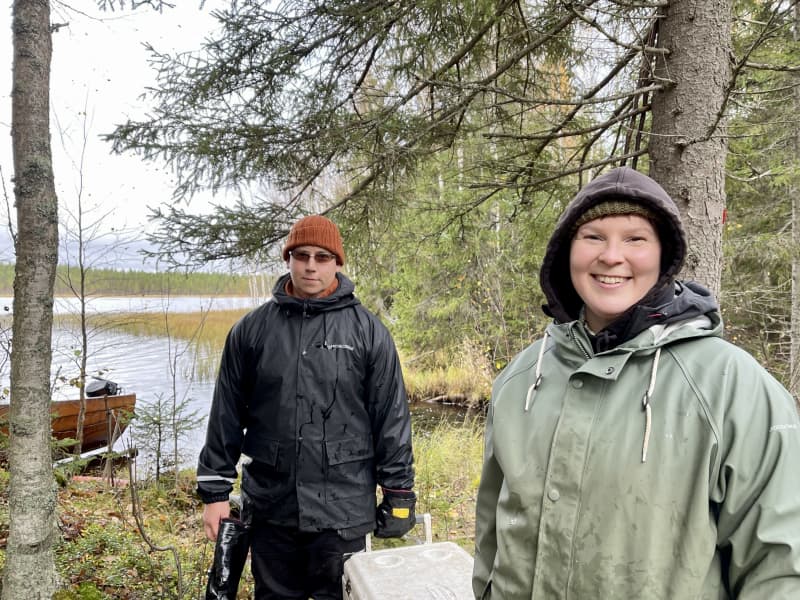
This morning the grooves are almost empty. On good mornings there have been 50 kilos of fish, two big boxes. Now the catch is just under 10 kilos.
*–* Sometimes there is fish, sometimes not. That’s part of the point, says Lauri Hämäläinen.
Hämäläinen used to fish as a hobby, but now for many years as a profession. In Corona Spring, he learned from Karoliina Lehtimäki, who became a fisherman by accident, when an acquaintance from the cooperative asked him to clean the scumbags.
*–* There was nothing else to do, so I came. I got really excited, especially about the maintenance of the seining tradition and the situation of lake fishing, and when Lauri agreed to teach, I became a fisherman, says Lehtimäki.
The champion and the puppy
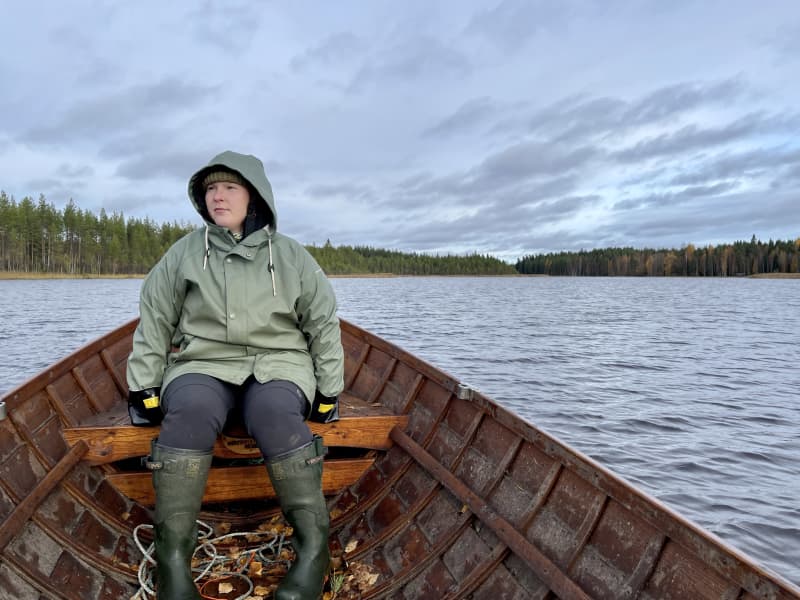
*–* I’m going to do a degree in fishing related to the female perspective, she plans.
Lehtimäki and Hämäläinen have experienced the ruts, and finally bleed the fish on the bank of the Jukajoki.
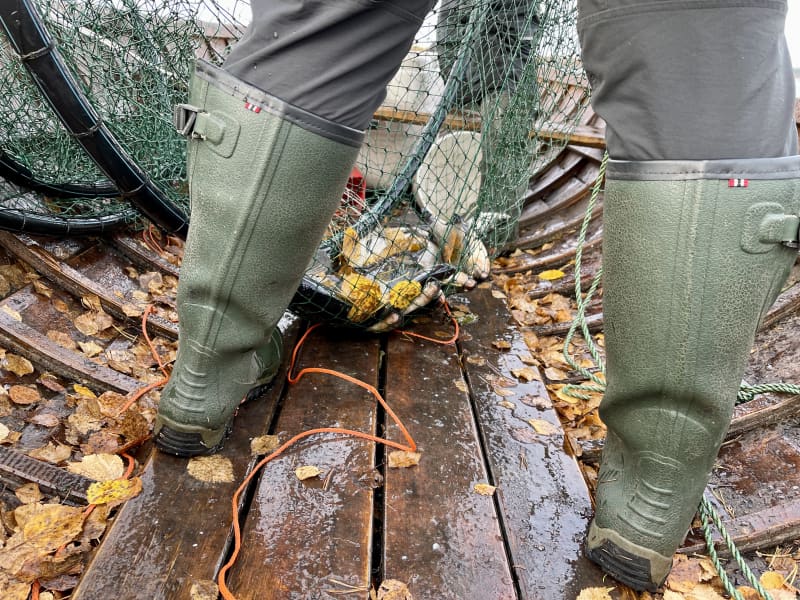
For fish processing, we move to Tohmajärvi, where Lumimuutos bought a former school center building with a facility kitchen in the spring. A fish processing area has been built on the premises, a fish drying device has been acquired, and in the future a wider opportunity looms to present the cooperative’s activities in nature restoration work and combating climate change.
*–* Well, if you were very hungry, then so be it.
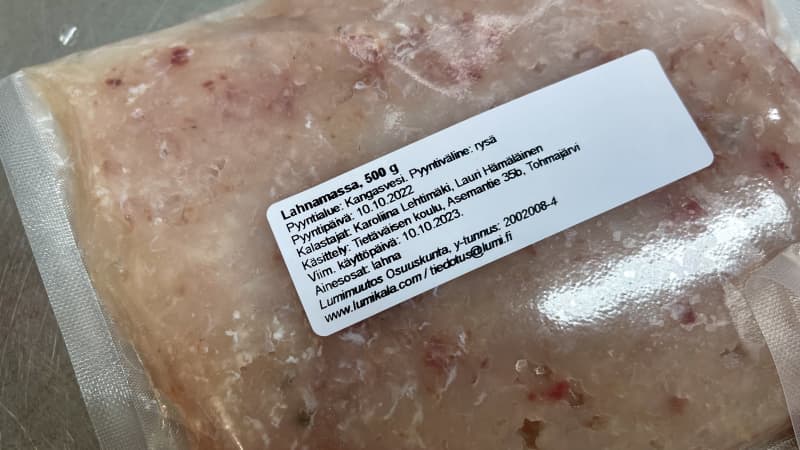
Koponen gets his cake. During last winter’s seining season, the snow change lifted 3,000 kilos of Puruvesi’s noble fish, which is well known to consumers. Muikku doesn’t stay in the cold, but bream and other by-catch fish have to be sold to a wider market from time to time.
*–* When we drive from here to the capital region, the freezers are always sold empty, says Karoliina Lehtimäki.
Talking about laknamasa ignites Lehtimäki.
*–* Fish tacos made from it have become a favorite food. People should be made to understand that bream is not a rotten experience, but as a mass it can be used easily and versatile. You can season it to your liking and fry it as part of a salad.
The whitefish is the most lucrative catch, the pike is the most lucrative catch
The pike is the most abundant catch fish in inland waters, but the pike has overtaken the pike in sales value. The buyers catch a couple of walleye in the Kangasvesi ponds at the same time as the fishermen’s car pulls into the yard of the base.
Pike is suitable as a round, i.e. whole, fish. Of North Karelia’s commercial fish catch of about half a million kilos, already half is abundant pikeperch.
Fish is sold fresh from the Lumimuutos base when the buyer arrives at an opportune moment, but mainly the catch is frozen. The cooperative also has regular customers 60 kilometers away in Joensuu, and the city has a wider market than the small Tohmajärvi.
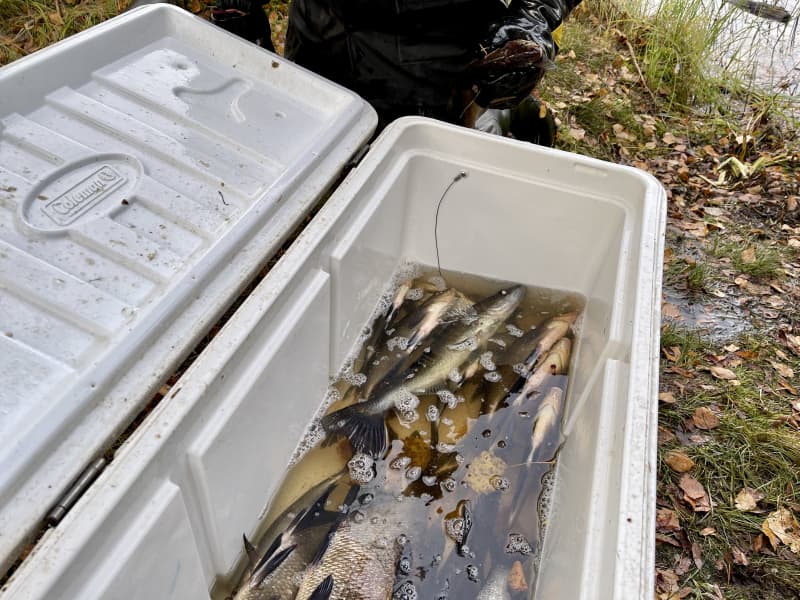
In the small town, people have hoped that the fishermen would also fish in the town’s waters and suggested fishing spots. Fish envy is not felt if the goal is to catch roach.
*–* We have been told that there are bream in Onkamo. We will put the requests there next summer, says Lehtimäki.
There are so many roach fish, such as bream, in Finnish lakes that their fishing is mainly management fishing. Other fish stocks in inland waters, with the exception of river and salmon fish, are resistant to fishing and are on the WWF’s list of sustainable fish species. You can eat zander, perch, pike and pike with a clear conscience.
Fish movements are a constant mystery
In their work, Lehtimäki and Hämäläinen observe nature from the field and see its changes.
*–* The observations of recent years are that the winds have increased. And on the other hand, traditional, age-old fishing spots don’t necessarily have fish either, says Hämäläinen.
He’s going to adapt.
*–* Nature is undemanding if you let it. You can also get a lot from it, the fisherman knows.
Karoliina Lehtimäki continues to learn the skills of a fisherman.
*–* The file is already coming off the bream in a completely different way than the first time, he says with a laugh.
*What thoughts does the story evoke? You can discuss the topic on 18.10. until 11 p.m.*

